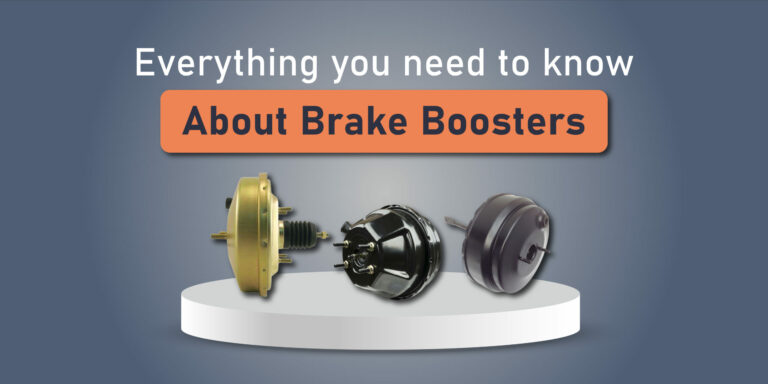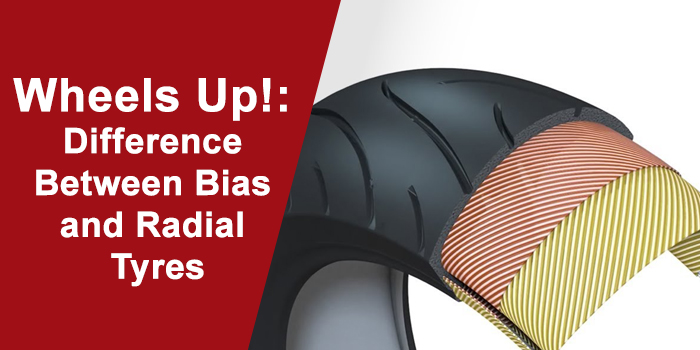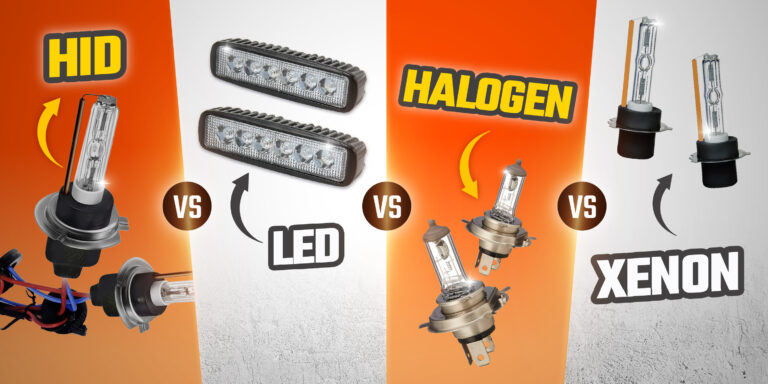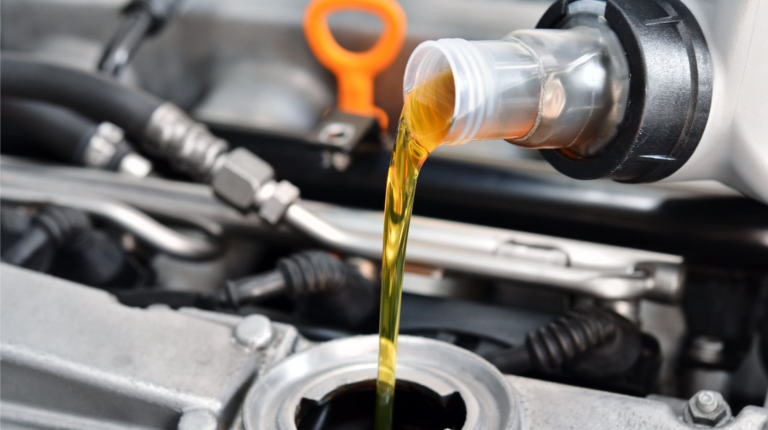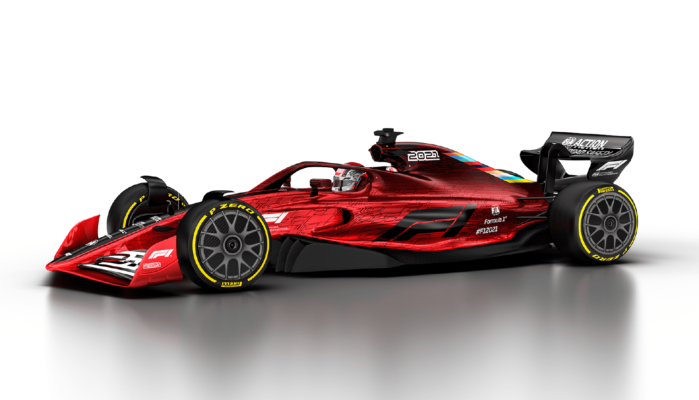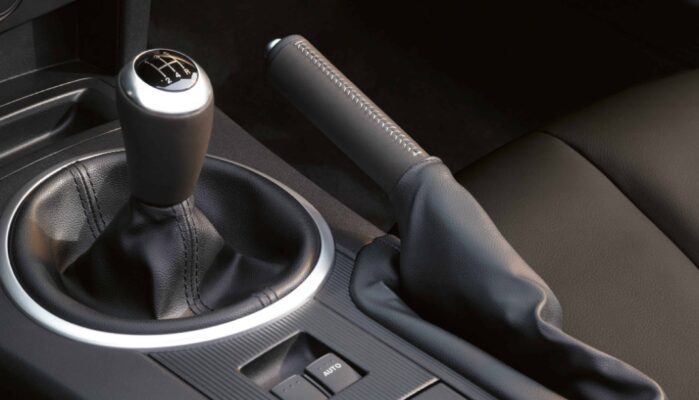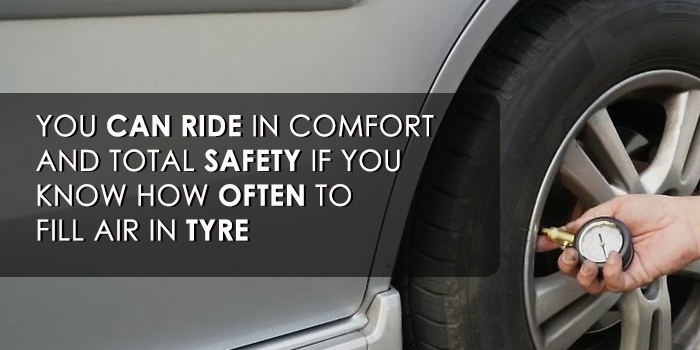
Routine maintenance of your car is the cornerstone of keeping it in good condition and having a safe and comfortable ride. One of the most overlooked routines is checking the tyre pressure and inflating tyres as required. But how often to fill air in a tyre and what is the best method to do this?
New cars have built-in tyre pressure monitoring systems that display the tyre pressure digitally in the instrument binnacle. For the rest of us, we have to invest in a tyre pressure gauge and portable air compressor or drive down to a fuel station to check and fill our tyre pressure.
Keeping the tyres inflated to the recommended tyre pressure increases tyre life, reduces wear and tear on the rubber tread, ensures safe driving and provides a comfortable ride for passengers. Underinflated tyres also produce a droning sound at high speeds.
Also Read Tyre Construction: Its Parts and Their Function
Reasons to keep tyres properly inflated
Tyres that are inflated to the right pressure allow you to drive more smoothly, safely and efficiently. Here are some reasons why you should check tyre pressure and keep them properly inflated.
Less wear and tear on tyres
Underinflated tyres make a larger contact patch with the road surface that produces extra heat, friction and rolling resistance. The treads get worn out easier and sidewalls flex more resulting in higher wear.
Better ride and handling
Just a few degrees of difference in tyre pressure makes a change to the vehicle’s ride and handling dynamics. A properly inflated tyre is able to corner with more grip, accelerate and brake faster.
Lowers the risk of accidents
A tyre with low pressure may cause the driver to lose control due to instability while rotating. There are also chances that the tyre may blow out at high speeds due to uneven rotation of tyres at low pressure.
Higher fuel economy
With tyres at low pressure, the engine has to work harder to turn the wheels due to increased resistance. This wastes fuel and can cause a drop in fuel mileage.
Also read Tips to Increase Your Fuel Economy and Save Money
Smaller carbon footprint
The impact on the environment is reduced because you replace your tyres less often, use less fuel to travel, and even exhaust emissions decrease because the engine is not being overworked.
Overall, under-inflated tyres are a safety risk and not recommended for vehicles. How often to fill air in tyre? Check your tyre pressure at least once every few weeks and fill them up when the pressure is low.
Also Read Confused About Which Tyre to Buy for Your Car? Read This!!!
When should I check my tyre pressure?
Drivers are not certain regarding the frequency of checking tyre pressure. Some say it should be done every time you fill fuel at the petrol station, while others say once every few months is sufficient.
Technically, you should at least visually inspect your tyre every time you set off for a drive, however, it is difficult to notice a few degrees drop in PSI just by looking. Use a gauge to test the tyre pressure every 2 weeks or at least once every month if you are busy. Avoid driving the car on underinflated tyres due to reasons of safety, handling and damage to your tyres.
Manufacturers state that drivers should check their tyre pressure at least once every month. The reason is that tyre pressure is lost over time, in fact, it can drop by around 1 PSI every month.
Tyre pressure can vary based on several factors, including:
Weight of the vehicle
If you are towing a heavy load, you may need to check your tyre pressure more often due to the extra weight they have to deal with.
Ambient temperature
Summer heat can cause the tyre pressure to go up by 2 PSI while the cold of winter can drop the tyre pressure by a similar degree. Adjust the tyre pressure in accordance with the weather conditions.
Also read Cracked Tires- Here is Everything You Should Know About Them
Driving distance
When the vehicle has been on the road for a long time, tyres tend to heat up due to friction with the tarmac. This will increase the tyre pressure, especially if you have been accelerating and braking often. Fill air in car tyres after the vehicle has been parked for about an hour so that the tyres are cool and show the true tyre pressure.
Driving conditions are uncertain and you never know when you may suffer from a puncture that can drop tyre pressure over time. This is a good reason to check your tyres frequently and fill air in tyre as required.
Also read How To Change A Flat Tire [A Detailed Guide]
How do you check tyre pressure?
To check your tyre pressure all you need is a good quality tyre pressure gauge that is widely available at car accessory stores. Check tyre pressure after the vehicle has been parked for about half an hour when they are cold. Warm tyres will show a higher pressure reading.
If you can’t get your hands on a digital tyre pressure gauge, you can always use the air compressor at fuel stations which have a tyre pressure gauge built into the device. Simply attach the nozzle of the air compressor to your tyre valve stem and you will get a reading for the tyre pressure.
Tyre pressure gauges are inexpensive and can be bought for around Rs.1000-2000. Follow the below-mentioned steps to check your tyre pressure:
- Unscrew the tyre valve stem caps and keep them aside in a safe place.
- Attach the tyre pressure gauge nozzle to the valve stem firmly. If you hear any hissing noise, disconnect it and reattach the nozzle. You should get a clear reading of the tyre pressure (usually in PSI)
- Take about 2 or 3 readings of the tyre pressure to make sure it is accurate
- Compare the reading with the recommended tyre pressure. Refer to the vehicle manual or look at the inside of the door sill for recommended pressure.
- Next, connect the air compressor nozzle to your tyre valve stem and fill the air in car or bike tyres. The air compressor should automatically stop at the level you set it to.
The process of checking tyre pressure and inflating tyres should only take a couple of minutes and is quite an easy task. Remember, a drop by 1 PSI can affect your fuel mileage, handling and safety.
Also Read here How to Increase Car Mileage Instantly
How to fill air in tubeless tyres?
Filling air in tubeless tyres is done in the same way as standard tyres. Tubeless tyres have the same valve stem as tubed tyres and a standard air compressor and gauge can be used.
Some of the advantages of tubeless tyres include:
- Requires less maintenance because there are no inner tubes present.
- Decreased risk of getting a flat tyre
- Can be repaired easily
- Compatible with high-speed driving
- Tyre pressure is lower than standard tyres
- Smoother ride and handling
Also read 9 Amazing Methods to Reduce Tyre Noise While Driving
Conclusion
You can easily fill air in your vehicle tyres using a portable air compressor or car air pump. Remember to check your tyre pressure every time you fill fuel or at least every few weeks to ensure the tyres are not underinflated.
Not only will your ride be smoother, but you will also save fuel and increase the life of your tyres. Use a tyre pressure gauge to confirm that the tyre is filled up to the correct level.
This article should have guided you on how often to fill air in tyre. Other informative blogs include How To Prevent A Car Tire Blowout and the Wheel Alignment and Balancing Explained or visit Carorbis Blog for more.
Frequently Asked Questions
Q1. How often to fill air in tubeless tyres?
Ans. Tyres usually lose air pressure over time, estimates show about 1 PSI every month. It is recommended to check and fill your tyres every month to ensure they are inflated to the correct pressure. Tubeless tyres run at a lower pressure than regular tyres, around 10 PSI less than tubed tyres, therefore they need more attention and need to be checked and filled up more often. It is advisable to fill air in tubeless tyres every 2 weeks to the correct air pressure because they lose about 1-2 PSI every few days.
Q2. How to fill air in tubeless tyres?
Ans. Tubeless tyres do not have a tube inside, instead, there is an air-tight seal between the tyre and the rim, usually using a metal beading. This air-tight seal does not allow air to get through and can be used with regular steel rims or alloy wheels. Tubeless tyres have a superior air hold and provide a better riding experience. The tubeless tyre has a valve where you can attach the nozzle of the air compressor. Simply press down hard enough to open the valve and fill the air pressure to the recommended level.
Q3. Do we need to fill air in tubeless tyres?
Ans. Tubeless tyres are just like standard tyres and need to be filled with air. There is an airtight seal between the inner tyre beading and the rim which will not allow air to pass through. The air pressure is filled through the valve stem and inflates the tubeless tyre to the right pressure. Tubeless tyres are resistant to punctures, they have a solid body construction and hard compound that makes them resistant to sharp objects that may damage them. They run at lower air pressure and can be filled with a liquid sealant that fills in any punctures from the inside (run-flat tyres).
Q4. What is the frequency of filling air in tubeless tyres?
Ans. You should check the air pressure of tubeless tyres at least once every month, however, weekly checks are required to ensure that tyres are properly inflated. If tyres are maintained at the correct air pressure, fuel economy is improved, tyres last longer and the ride is smooth and comfortable. It is also a safety factor to keep tyres properly inflated because underinflated tyres may lead to loss of control or instability at high speeds. A convenient tool to carry around in your car is a portable air compressor. You will be able to fill up a flat tyre on the road in case you find yourself stranded with no spare wheel.
Q5. How to inflate a car tire without a pump?
Ans. If you do not have access to an automatic air compressor powered by an electric pump, you can inflate your car tire even using a bicycle manual tire pump. Locate the valve stem on the car tire and try to fit the bicycle tire pump nozzle onto it. It may not be the perfect fit but it will do the job. Lock the valve and start pumping with your two hands. Using a manual bicycle pump may take considerably longer to inflate the tyre than an automatic tyre compressor. Keep at it until the tyre is inflated, it may take about 10 minutes of pumping air.
Q6. How to inflate car tires at home?
Ans. There are several types of portable air compressors that you can buy online or at car accessory stores. These devices usually connect to the 12-volt charger from your car’s cigarette lighter socket or clamp on directly to the car battery. Some models even come with a standard electrical plug that you can hook up to a wall socket in your home garage. This is the simplest way to inflate a flat tyre at home. You just have to attach the air compressor valve to the valve stem of your tyre and turn on the system. The air pressure will automatically be filled to the correct level in about 5 minutes without any hassles.
Q7. How to inflate tire without air compressor?
Ans. There are some hacks to inflate a tire without an air compressor using carbon dioxide cartridges. These portable cylinders are filled with carbon dioxide at high pressure. The cartridge is connected to the tire valve stem and inflates the tire in a couple of seconds. You may require more than one cartridge to fill up a car tire because each cylinder holds a limited amount of carbon dioxide. Another method is to use a siphon hose which connects one tire to another. One end of the siphon hose is attached to the flat tire while the other end is connected to a filled-up tire. High-pressure air flows into the low-pressure tire and balances each other out.

